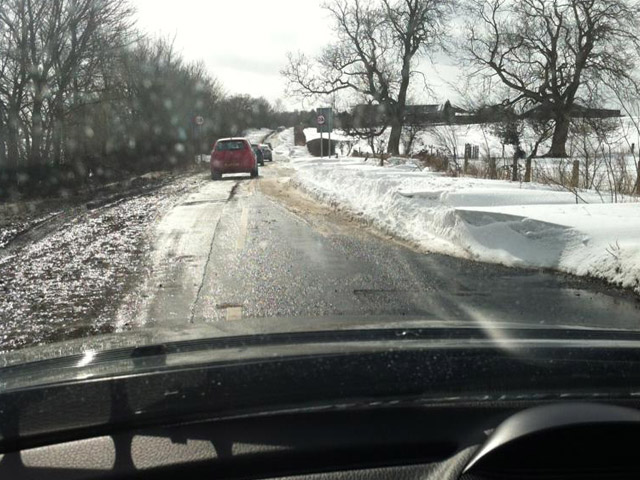Winter driving provides additional challenges which can lead to dangerous consequences if care isn’t taken. We can’t defy the laws of physics – it just takes a lot longer to stop on snow and even, on treated roads. It is often the rear-end shunt that is the most common cause of a collision.

If you haven’t done so already, it’s time to get as many people as possible in the traffic or transport office and other departments to include these safety messages when in conversation with a driver:
Stopping distances are up to 10 times longer on slippery roads
Creating bigger gaps in front of you gives you the extra space to manoeuvre and stop
Slowing down gives you a better chance of not being having a rear-end shunt collision
Drive smoothly – no harsh breaking or harsh acceleration. Gentle manoeuvres are the key to safe driving on ice and snow
Tell your drivers the aim is to get there safely not quickly, it’s a fact that it will take longer.
Ensure drivers are doing daily driver defect checks and that maintenance is up to date, including:
Tyres in good condition with more than minimum tyre tread
Correct coolant levels
Windscreen wash has antifreeze and wipers in good order
Make it your policy that all of your drivers are aware of the risks associated with winter driving.
Road Skills Online Professional Development Plan
We believe that regular driver training can help to improve driver’s behaviour on the road, helping you to save ££££’s on your bottom line. One of the monthly Toolbox Talks in our Professional Development Plan is on Winter Driving, it’s designed to remind your drivers of what they need to know to stay safe.
Let our online driver training help you deliver Toolbox Talks to your drivers with ease. Click below to get your virtual demo and a free trial!
Save time, save money and keep your drivers safe on the road, it’s a win-win for everybody.
Source | The aa
Updated | November 2020


